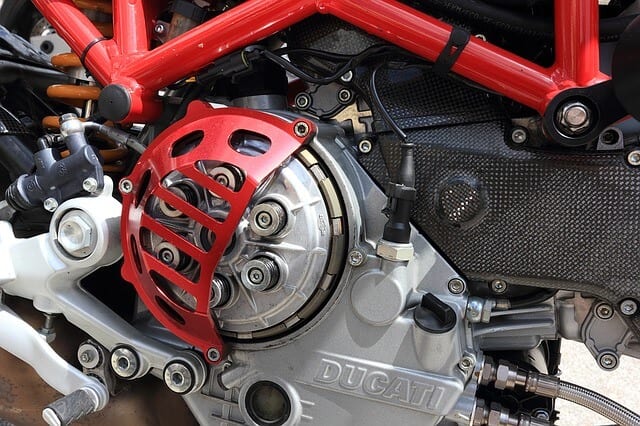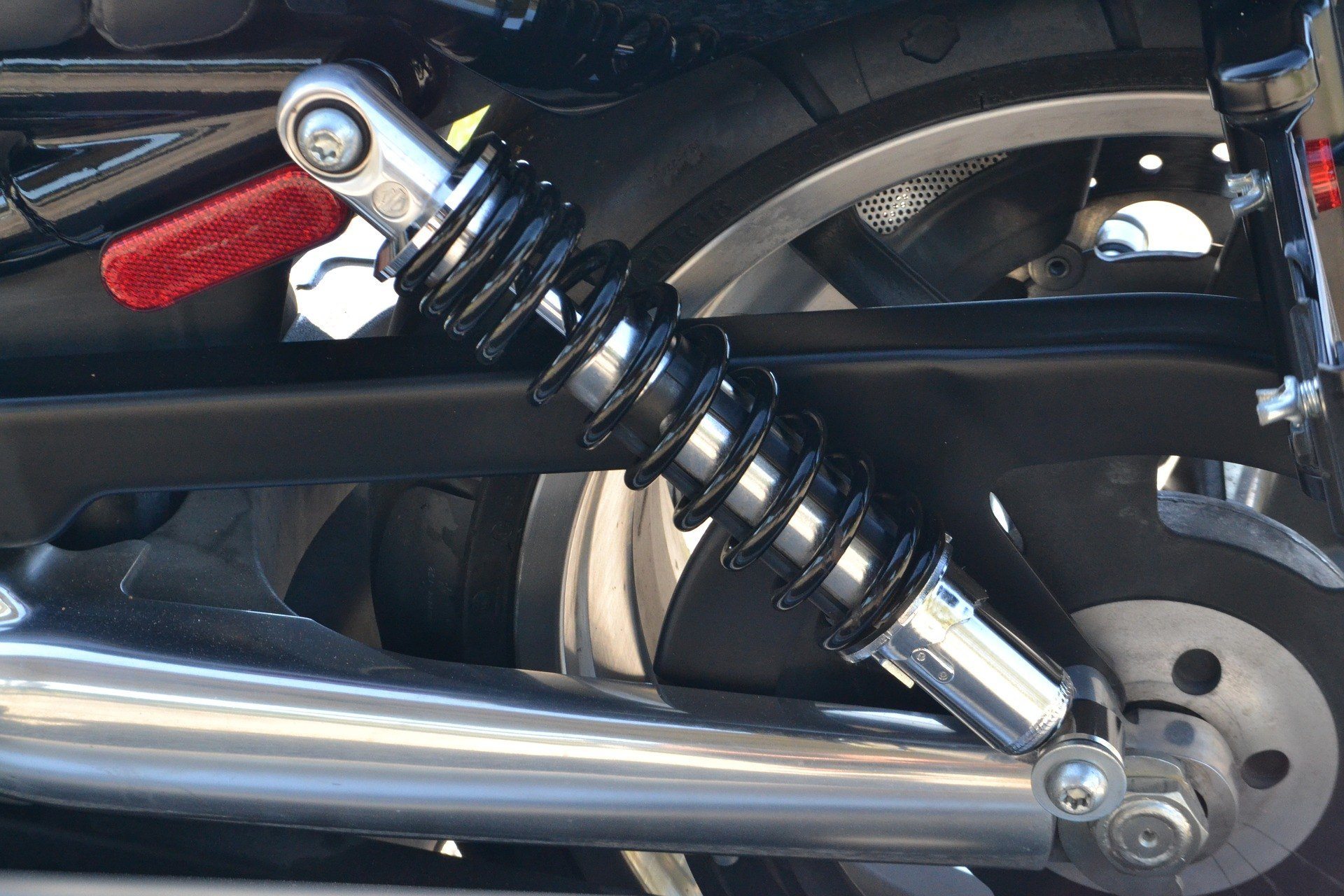Motorcycles are one of the top vehicular choices as they have good gas mileage and require less maintenance.
Operating and maintaining a motorcycle, however, is not easy if you don’t know how does motorcycle clutch works.
How does a motorcycle clutch work?
All modes of transportation with an engine are equipped with a clutch. The main function of the clutch is to momentarily disengage the engine from the transmission.
This simple process is essential for continuously running a motorcycle.
When the biker pulls the clutch in the lever and slowly lets go of that lever, the bike travels under power.
Without this process of disconnection, you will be required to turn on the engine on every stop. The clutch also allows drivers to change gears easily.
What’s happening inside the clutch when we pull and release that lever?
In order for the motorcycle to move, there must be a tool which can trigger the connection of gears to the engine. The clutch does exactly this.
The clutch is composed of a series of round fiction plates that have a hole in the center. These plates are fit into a clutch hub.
When you are changing gears, the same process happens.
Disengage the engine from the transmission by pulling the lever. Then, shift the gear and release the lever.
The friction plates will help you control the disconnection and reconnection smoothly.
The easier you can control the disconnection and reconnection of the friction plates, the easier your ride will be.
What are the different types of motorcycle clutch?
Slipper Clutch
The slipper clutch is one of the modern clutch advancement. It is commonly used for racing.
When you are moving at a high speed and you come across a sharp curve, the immediate response is to slow down by shifting in lower gear.
Slipper Clutch is very helpful in this situation.
Slipper Clutch allows you to have a smaller amount of time to switch from one gear to another. Partially slip the clutch until the engine catches on to your speed.
With standard clutches, the force applied to the brakes is passed on to the rear wheel through the shaft drive which can cause the back wheel to shake.
This is the major idea behind slipper clutch. Thus, it can control rear wheel when riders are forced to step on the brakes to shift to low gear.
The slipper clutch is useful on higher displacement motorcycles where the use of higher braking force is needed.
Check out: Best Motorcycle Backpacks
Advantages of Slipper Clutch
It also helps the suspension by taking up the braking force, resulting to a smoother ride.
- It will help in better engine performance as long as it is correctly installed.
- It can stop terrible rear wheel lock up in cases when the engine breaks or when transmission fails.
Disadvantages of Slipper Clutch
Slipper clutch can’t perform as expected if it is not set up as required.
- Slipper clutch is generally expensive.
- It is difficult to install.
Centrifugal Clutch
As the name implies, this type of clutch uses centrifugal force to ignite the motorcycle engine. This type of clutch is commonly used in scooters.
Motorcycles with this type of clutch have automatic transmission that is set in motion by the increased rpm of the engine.
The clutch is joined with the engine crank shaft. As the rpm increases, the clutch sways outwards and forces the clutch to connect.
When the engine arrives at a specific speed, the clutch will activate and automatically adjust the speed.
Advantages of Centrifugal Clutch
- It is relatively inexpensive.
- It is easy to use.
Disadvantages of Centrifugal Clutch
- Centrifugal clutches are not made for low speed ride.
- Centrifugal Clutches are not designed to apply gradual brakes.
- Centrifugal clutches can drastically hold back acceleration.
- The clutch is prone to slippage if the motorcycle is heavily loaded.
- They do not engage or disengage reliably.
Multi-plate Clutch
This the most common among motorcycle clutches. Multi-plate Clutch works by using a sequence steel plates alternately stacked inside the housing.
When pressure is applied on the plates, they compress against the diaphragm plate. The engine transfers power to the gearshift when the force is applied to the plates.
When the clutch lever is used, it eases the force to permit the plates to disconnect while the engine is running, allowing you to change gear.
A multi-plate clutch has two kinds, wet and dry.
A wet clutch is submerged in the engine oil to avoid overheating. The oil acts as a lubricant, allowing the plates to slip easily.
However, more plates are required in order for it to work. A dry multi plate clutch is not submerged in oil and will require lesser plates.
However, it creates louder noise because of the need for airflow to keep the plates cool.
Advantages of Multi-Plate Clutch
- It reduces the amount of force needed for the clutch to function, allowing quick and smooth shifting.
- It requires less effort from riders to operate on the clutch.
- It lessens the weight of the clutch.
Disadvantages of Multi-Plate Clutch
- In a wet clutch, the oil causes haul in the clutch load which lowers efficiency.
Also Read: Best Motorcycle Helmet Speakers
Final Thoughts
Owning a motorcycle has a lot of advantages. It solves parking problems, is easier to clean and manage, and is easy to maintain.
The most important part in deciding to buy a motorcycle is your safety and the comfort it can give you.
Choose a motorcycle with parts that will meet or exceed your expectations.
Once you have one, you must always be aware of how does motorcycle clutch works. This way, you will be able to maintain it better.

David Williams is an author with a passion for motorcycles and all things related to the world of two-wheeled vehicles. His expertise is evident on his website, The Moto Expert, where he shares his knowledge and insights with fellow enthusiasts. Follow him on social media to stay up-to-date on the latest motorcycle news, reviews, and trends. Whether you’re a seasoned rider or just starting out, David’s content is sure to inform and entertain. Join his community and become a part of the conversation today.



